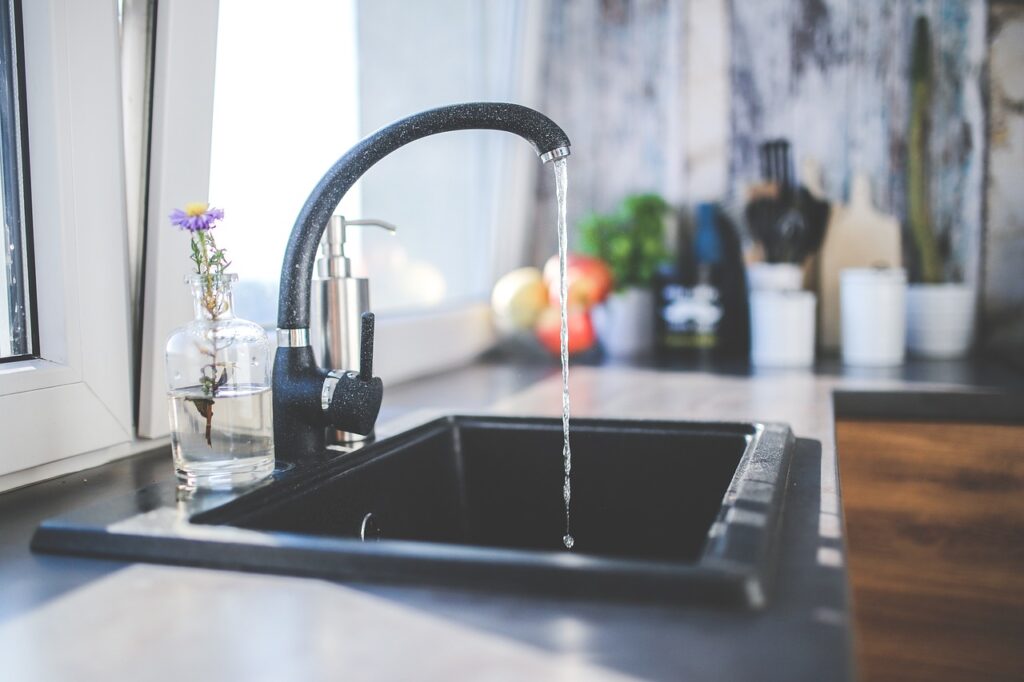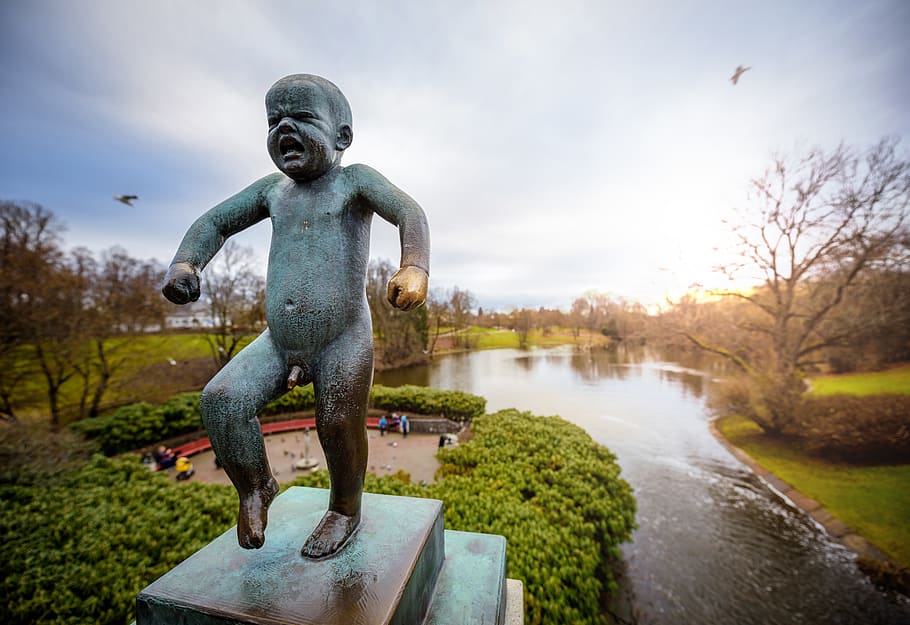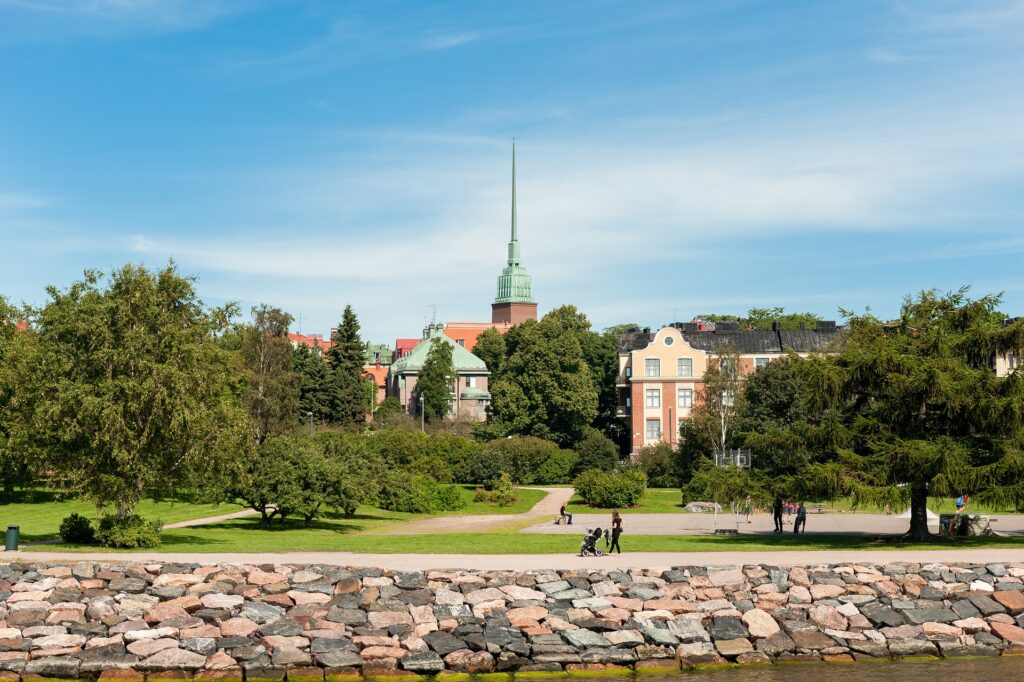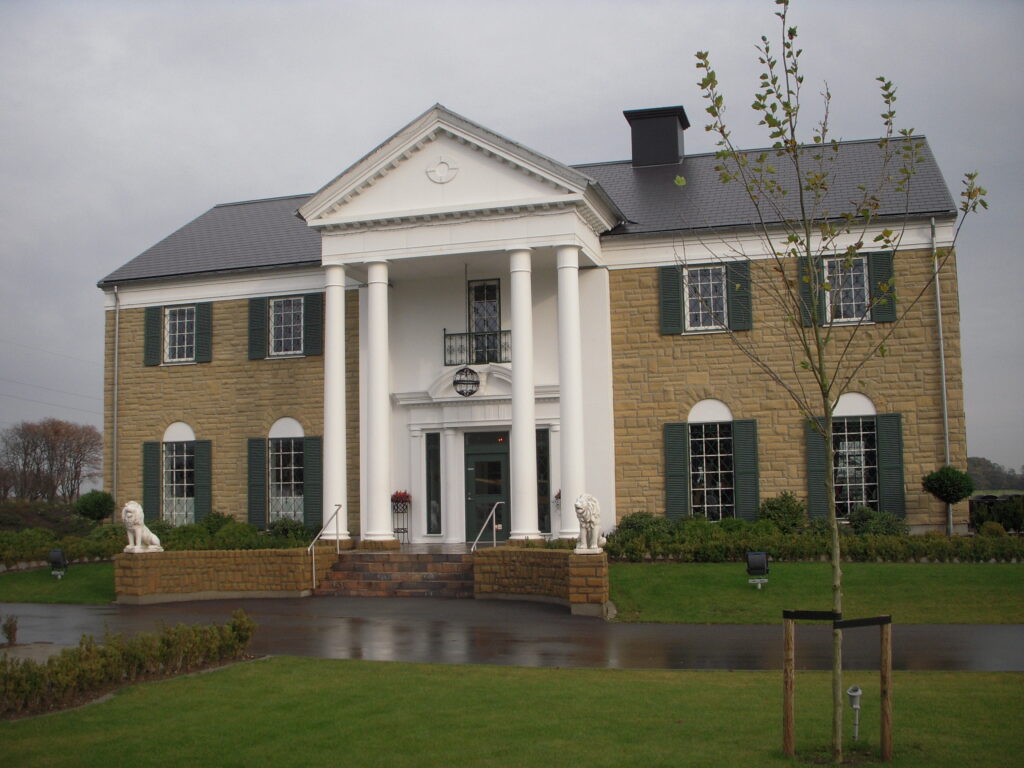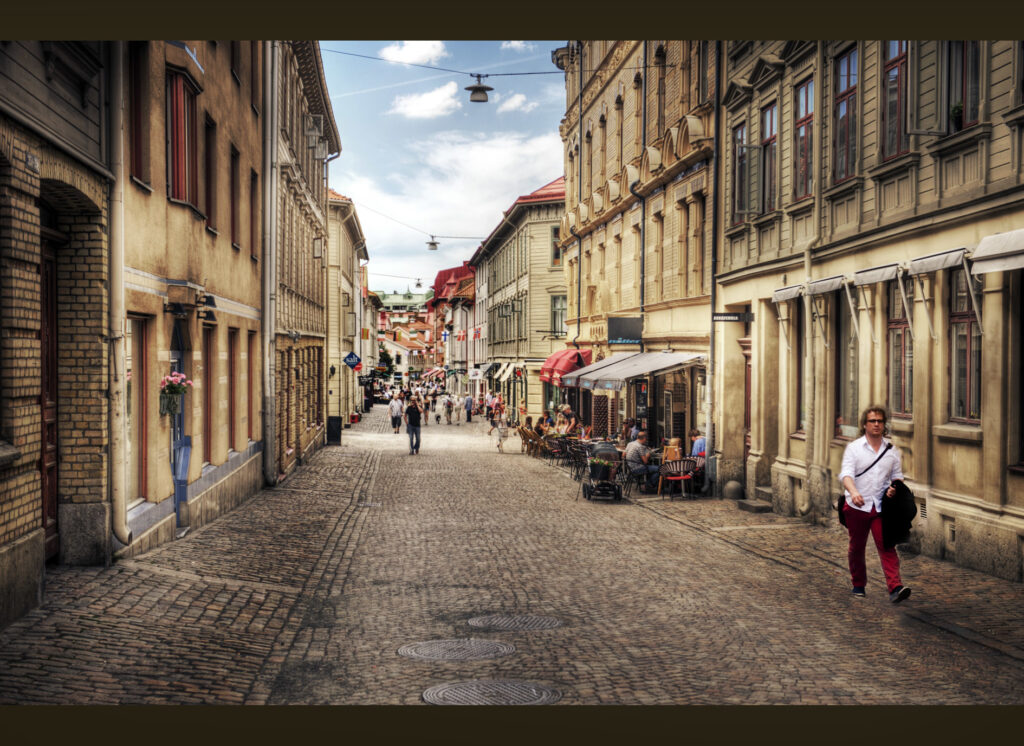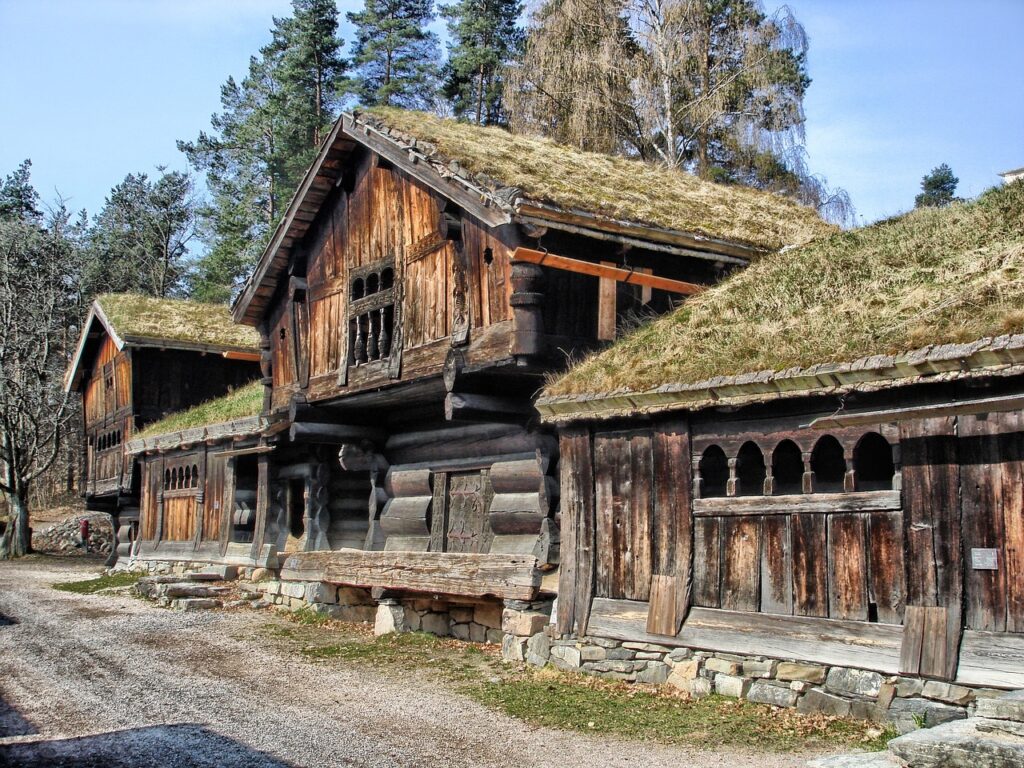Is Copenhagen Dangerous for Tourists?
If you’re planning a trip to Copenhagen, you may be wondering, “Is Copenhagen dangerous for tourists?” Although safety concerns are valid when traveling to any new destination, Copenhagen is considered one of the safest cities in Scandinavia. Nonetheless, as a responsible traveler, it’s essential to be aware of the safety risks to make informed decisions during your trip. In this article, we will discuss the safety situation in Copenhagen and offer tips on how to stay safe while enjoying all that the capital of Denmark has to offer. Is Copenhagen dangerous to visit? Copenhagen has a reputation as a safe city, and crime rates have been consistently low over the past decade. In recent years, there has been a decrease in both violent and property crimes in Copenhagen, making it one of the safest cities in Europe. According to the Danish National Police, the overall crime rate in Copenhagen has decreased by almost 20% in the last decade. However, like any other city, there are still risks associated with traveling, and visitors should take common-sense precautions to ensure their safety. Despite this, tourists can generally feel safe while exploring Copenhagen’s streets, parks, and attractions. What is the Pickpocket Risk in Copenhagen? Pickpocketing can be a risk in Copenhagen, especially in crowded tourist areas or public transportation. Pickpockets may target distracted tourists in busy areas. They may operate in popular tourist spots, markets, or on public transport, especially during peak tourist seasons. However, pickpocketing is still relatively uncommon in Copenhagen compared to other major cities. Taking basic precautions, such as being mindful of your belongings, can greatly reduce the risk of falling victim to pickpocketing in Copenhagen. What are the Scam Risks in Copenhagen? When traveling to Copenhagen, it’s important to be aware of potential scam risks. These may include fake ticket sellers, fake beggars, restaurant overcharging, and ATM skimming. It’s best to use authorized vendors for purchases, check bills and prices carefully, and be cautious with personal and financial information. If you encounter any suspicious situations, report them to the authorities or seek assistance from trusted sources. What are the Transport & Taxi Risks in Copenhagen? Some transportation and taxi risks are present in Copenhagen. These risks include bicycle theft, ticket checks, taxi overcharging, pedestrian and cyclist safety, and pickpocketing. To ensure your safety in Copenhagen, lock your bicycle securely, and have a valid ticket when using public transportation. When taking a taxi, insist on metered taxis or agreed fares upfront to avoid potential overcharging. Follow traffic rules and remain vigilant to prevent pickpocketing incidents. Taking precautions is crucial for safe transportation and taxi use in Copenhagen. What is the Terrorism Risk in Copenhagen? Copenhagen is a safe city with a low terrorism risk. Local authorities in Copenhagen maintain stringent security measures to ensure the safety of residents and visitors alike. While the risk of terrorism is present in any major city, it is important to remain vigilant and follow any advisories or instructions from local authorities. By being cautious in crowded or high-profile areas and reporting any suspicious activity, you can enjoy a secure visit to Copenhagen. Is Copenhagen Dangerous for Female Travelers? Copenhagen is generally considered safe for female travelers. However, it’s important to take standard safety precautions, such as avoiding isolated areas at night. Stay in well-lit and populated areas, especially if traveling alone. Use reputable transportation options and avoid accepting rides from strangers. Be cautious with your belongings and stay alert to your surroundings. Is Copenhagen Dangerous for Solo Travelers? Copenhagen is one of the safest destinations in Scandinavia for solo travelers. There is a low level of violent crime, and the city is known for its friendly and welcoming environment. Many high-quality hostels throughout the city provide safe and affordable accommodation options for solo travelers. As with any destination, it’s important to take standard safety precautions, such as staying aware of your surroundings and avoiding isolated areas at night. What are the most dangerous areas in Copenhagen? As a generally safe city, Copenhagen has few areas with slightly higher crime rates. Some of these areas include: You can just exercise caution and stay aware of your surroundings when visiting these areas, especially at night. If you take standard safety precautions you will ensure a safe and enjoyable visit to these neighborhoods of Copenhagen. Safety tips for visiting Copenhagen Here are 5 safety tips for visiting Copenhagen: Remember, taking simple safety precautions can go a long way in ensuring a smooth and enjoyable visit to Copenhagen. Conclusion In conclusion, the question of “Is Copenhagen dangerous for tourists?” can be answered with confidence in the negative. As one of the safest cities in Scandinavia, Copenhagen boasts low crime rates, efficient public transportation, and a welcoming atmosphere for travelers. While no city is entirely without risks, exercising common sense and following basic safety measures will ensure a safe and enjoyable trip to Denmark’s capital.
Is Copenhagen Dangerous for Tourists? Read More »

